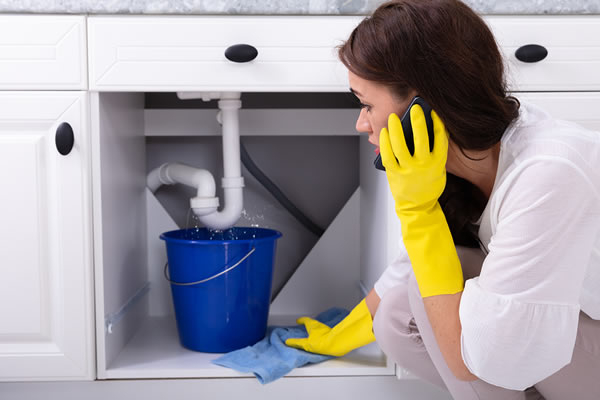We have discovered this article relating to Detecting hidden plumbing leaks down the page on the net and thought it made good sense to talk about it with you on my blog.

Early detection of dripping water lines can mitigate a prospective calamity. Some tiny water leaks may not be noticeable.
1. Analyze the Water Meter
Every residence has a water meter. Inspecting it is a proven way that aids you discover leaks. For beginners, turn off all the water resources. Ensure nobody will certainly purge, use the tap, shower, run the cleaning machine or dishwashing machine. From there, most likely to the meter and also watch if it will alter. Considering that no person is using it, there should be no motions. That shows a fast-moving leakage if it relocates. If you identify no adjustments, wait a hr or two as well as check back again. This indicates you might have a slow-moving leak that could also be underground.
2. Inspect Water Intake
If you find abrupt modifications, regardless of your consumption being the very same, it indicates that you have leaks in your plumbing system. An unexpected spike in your costs indicates a fast-moving leak.
At the same time, a steady boost on a monthly basis, even with the same routines, reveals you have a slow-moving leakage that's also slowly escalating. Call a plumber to thoroughly check your building, specifically if you really feel a warm area on your flooring with piping below.
3. Do a Food Coloring Test
When it concerns water consumption, 30% originates from commodes. Examination to see if they are running appropriately. Drop flecks of food color in the container as well as wait 10 minutes. There's a leak in between the container and dish if the color somehow infiltrates your dish during that time without flushing.
4. Asses Exterior Lines
Do not forget to examine your outside water lines too. Needs to water leak out of the connection, you have a loosened rubber gasket. One small leakage can lose lots of water and also surge your water bill.
5. Check and Examine the Situation
House owners should make it a practice to examine under the sink counters and even inside closets for any bad odor or mold development. These 2 warnings indicate a leak so timely focus is required. Doing routine examinations, also bi-annually, can save you from a major problem.
If you know your home is already old, maintain a careful eye on your heating systems, tubes, pipelines and so on. Check for discolorations and compromising as most pipes and also devices have a life span. They will certainly likewise naturally wear away as a result of wear and tear. If you presume dripping water lines in your plumbing system, do not await it to escalate. Call a professional plumber immediately so you don't end up with a dreadful mess in your home.
Early discovery of dripping water lines can mitigate a potential disaster. Some tiny water leaks may not be visible. Checking it is a surefire way that helps you discover leakages. One little leakage can lose heaps of water and also surge your water expense.
If you suspect leaking water lines in your plumbing system, do not wait for it to rise.
WARNING SIGNS OF WATER LEAKAGE BEHIND THE WALL
PERSISTENT MUSTY ODORS
As water slowly drips from a leaky pipe inside the wall, flooring and sheetrock stay damp and develop an odor similar to wet cardboard. It generates a musty smell that can help you find hidden leaks.
MOLD IN UNUSUAL AREAS
Mold usually grows in wet areas like kitchens, baths and laundry rooms. If you spot the stuff on walls or baseboards in other rooms of the house, it’s a good indicator of undetected water leaks.
STAINS THAT GROW
When mold thrives around a leaky pipe, it sometimes takes hold on the inside surface of the affected wall. A growing stain on otherwise clean sheetrock is often your sign of a hidden plumbing problem.
PEELING OR BUBBLING WALLPAPER / PAINT
This clue is easy to miss in rooms that don’t get much use. When you see wallpaper separating along seams or paint bubbling or flaking off the wall, blame sheetrock that stays wet because of an undetected leak.
BUCKLED CEILINGS AND STAINED FLOORS
If ceilings or floors in bathrooms, kitchens or laundry areas develop structural problems, don’t rule out constant damp inside the walls. Wet sheetrock can affect adjacent framing, flooring and ceilings.
https://www.servicemasterbyzaba.com/blog/how-to-detect-water-leakage-in-walls/
.jpg)
We had been made aware of that report on Detecting hidden plumbing leaks through an associate on another domain. Enjoyed our blog? Please share it. Let someone else check it out. I recognize the value of reading our article about Top leak detection hacks.
Comments on “Exactly how to Inspect If Your House Has a Concealed Leak”